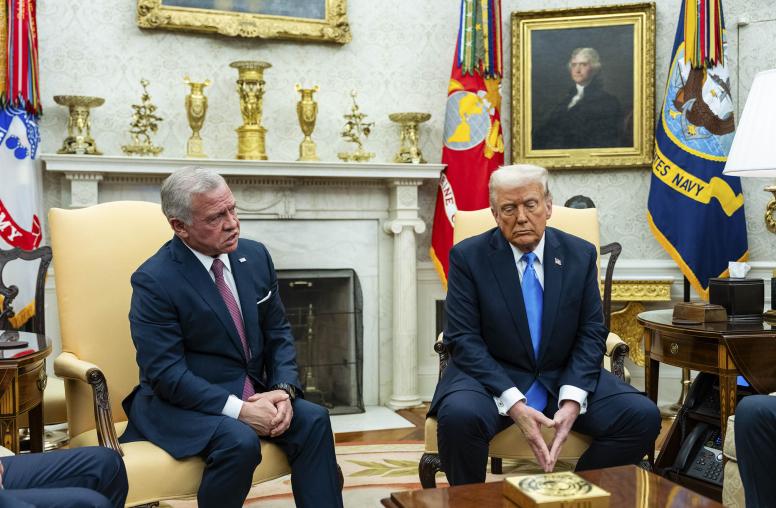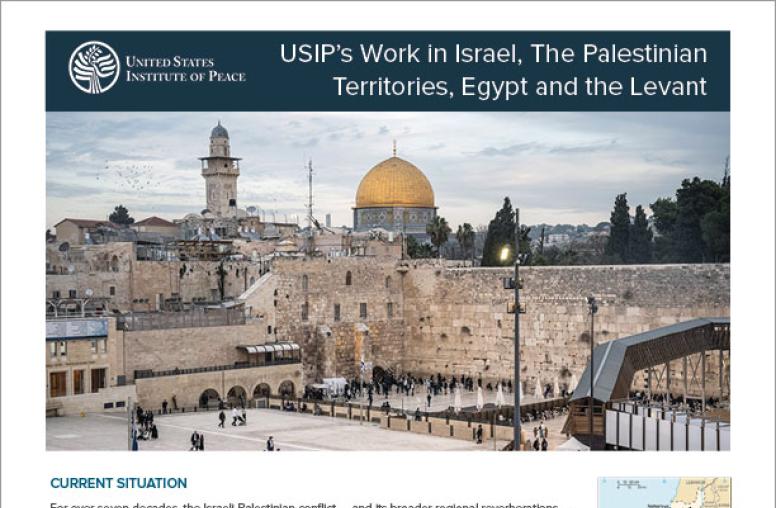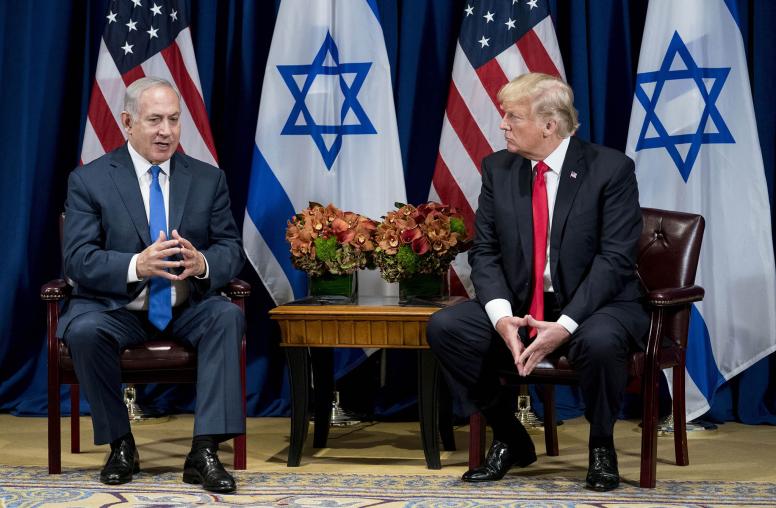Manufacturing Human Bombs
The Making of Palestinian Suicide Bombers
THE USIP BOOKSTORE IS TEMPORARILY UNAVAILABLE
Suicide bombings have become a terrifyingly familiar feature of contemporary warfare and insurgency. But explanations of such attacks are typically either too narrow or too superficial to enable us to understand—and thus combat—this complex and deadly phenomenon.
In this slim but remarkably balanced, informative, and insightful volume, Mohammed Hafez delves beneath the surface as he explores the case of Palestinian suicide bombers during the al-Aqsa intifada that began in 2000. Drawing on extensive research in the West Bank and Israel, Hafez reveals an intricate web of factors that fueled the campaign of suicide attacks. To understand the bombings, he argues, we must examine the interrelation among the motives of the individual “martyrs,” the calculations of the organizations that deployed them, and the attitudes of a victimized society. This approach yields not only a penetrating look at suicide bombers but also policy-relevant lessons for dealing with extreme political violence in places such as Iraq, Chechnya, and Afghanistan.
Highly readable, wonderfully concise, and packed with useful information, Manufacturing Human Bombs offers students an excellent introduction to its subject; for readers already well versed in terrorism and the Middle East, the volume offers a rare combination of rich empirical data, considerable analytical breadth and depth, and refreshing evenhandedness.
About the Author
Mohammed Hafez is a visiting professor in the Department of Political Science at the University of Missouri, Kansas City. A grantee of the United States Institute of Peace and a former Guggenheim Foundation fellow and USIA fellow, his previous publications include Why Muslims Rebel: Repression and Resistance in the Islamic World (2003).



